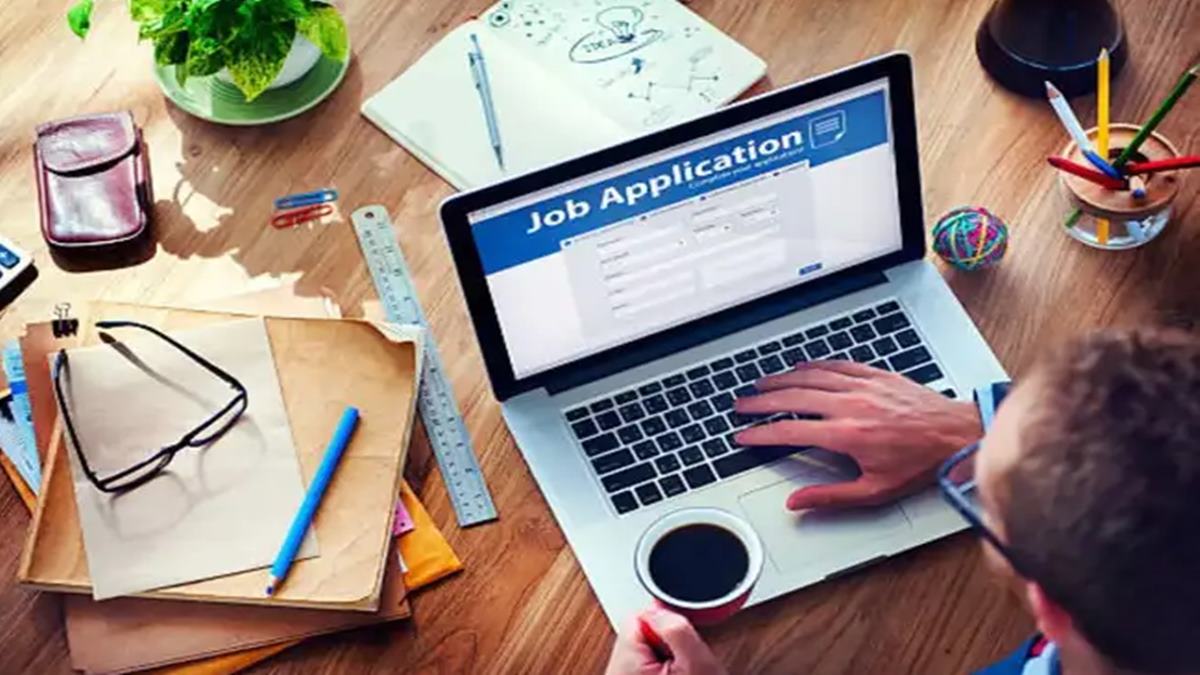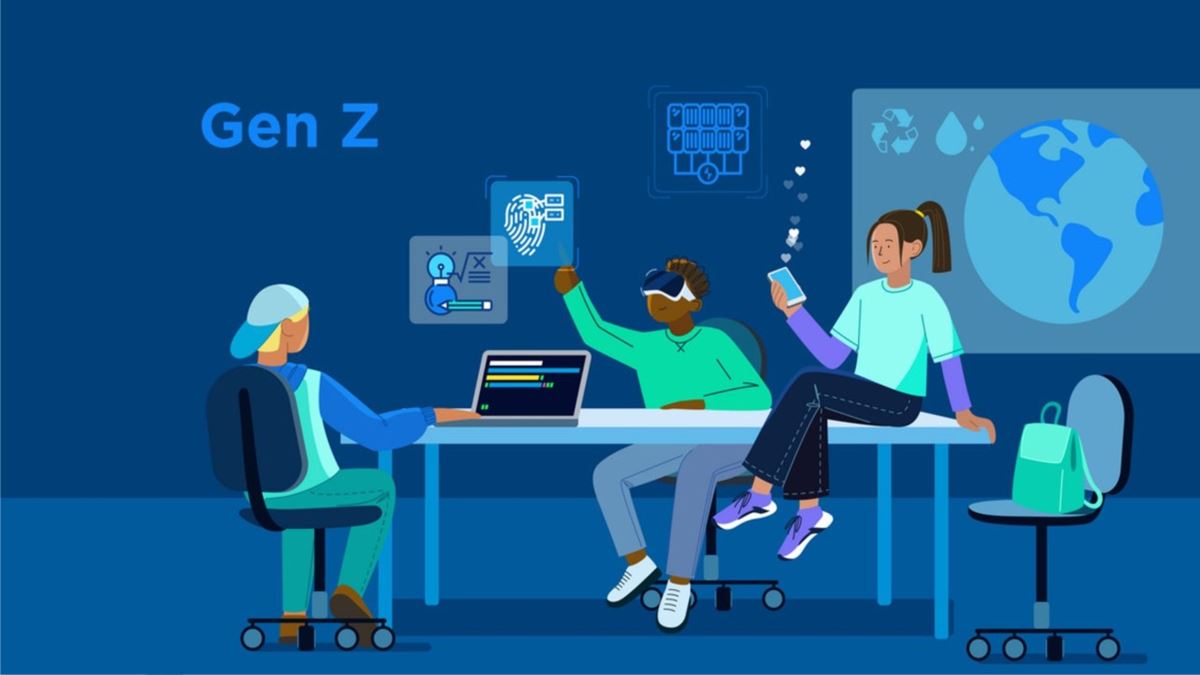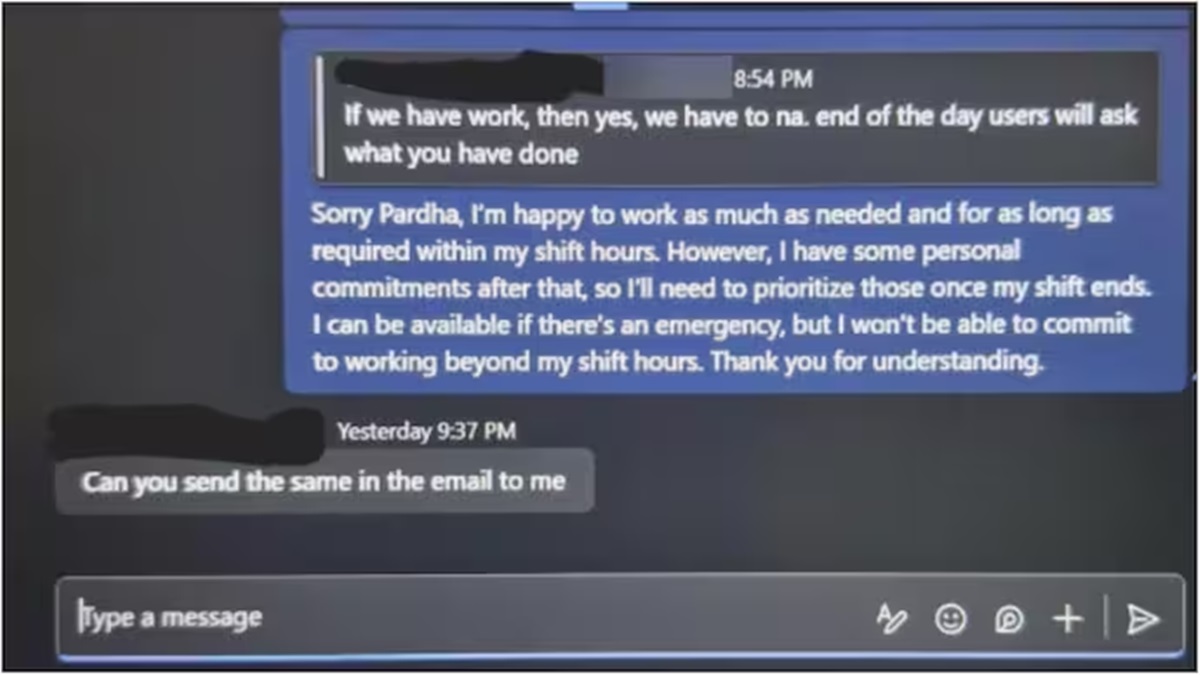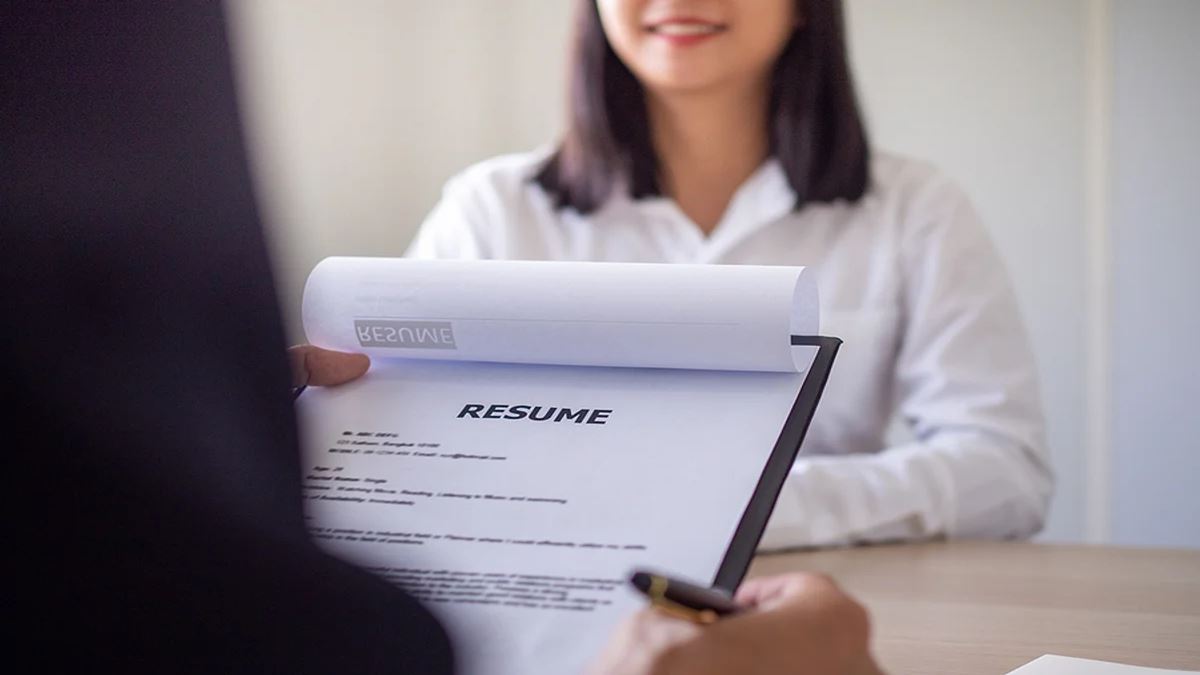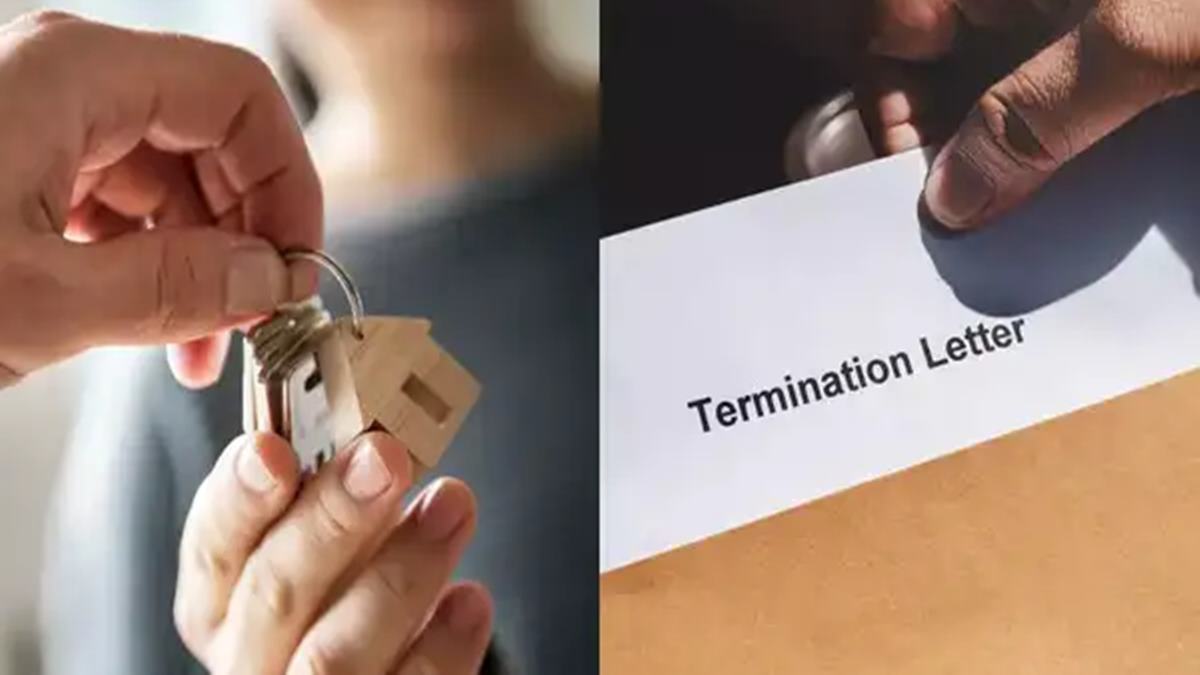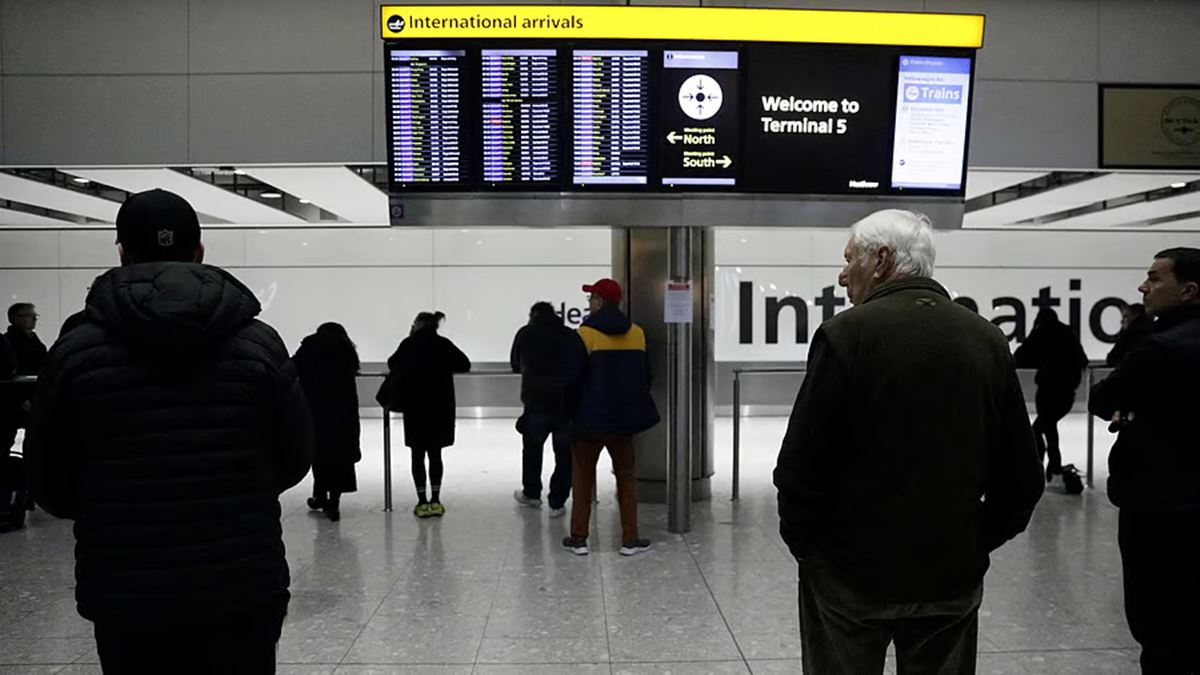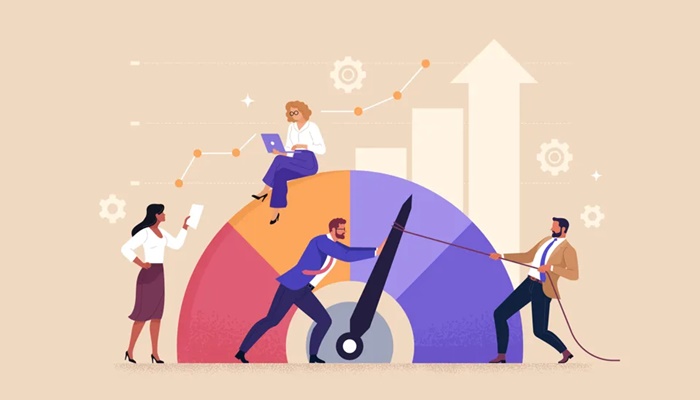Even if your job isn’t physically demanding, the mental and social energy spent at work can hit like a ton of bricks at the end of the day. While it’s totally normal to feel tired after a long day of work, the post-work slump can snowball into chronic fatigue or burnout over time. “While many of us believe pushing through more tasks will bring relief and satisfaction, this thinking is fundamentally flawed; once in the burnout cycle, additional effort only deepens our dissatisfaction,” says Trisha Miciano, clinical counselor. “Learning to recognize these fatigue signals is crucial—stop glorifying the grind and start working like a human.”
If this is relatable, don’t panic: fortunately, there are low-effort, science-backed strategies you can implement before, during, and after your work day to target this exhaustion. Dr. Nusha Nouhi, clinical & health psychologist, offers tips for those struggling with work-related fatigue. “These aren’t just wellness trends—they’re evidence-supported techniques that speak to how the brain and body actually recover,” Dr. Nouhi says. Keep reading for some simple adjustments you can make to your daily routine that can help boost your energy throughout the afternoon—without reaching for that third (or fourth!) cup of coffee.
Track Your Energy Levels
Throughout your next work day, try categorizing your tasks based on how much of your energy they consume. Miciano recommends three categories: high-spend, mid-spend, and low-spend. This information will allow you to tailor your day to the amount of energy you’re working with when you wake up—not the other way around.
“Each morning, check in with yourself: how much energy do I actually have today? Then plan your day to match that reality—not your ideal version of productivity,” Miciano says. “This pacing respects your natural rhythms and helps you avoid burnout from ‘energy overdrafting.’” If you’re a morning person, this might look like scheduling time for deep work earlier in the day and tapering off to lighter tasks as the afternoon progresses.
Take Short Breaks
“Micro-breaks beat long breaks,” Dr. Nouhi says. “Short, intentional pauses throughout the day (even just five minutes!) can improve cognitive performance and reduce fatigue more than a single long break.” Try setting a timer or an alarm to remind yourself to get up and do something unrelated to work, even if it’s just taking a quick lap around the office or your home. By working in shorter sprints, you’ll be able to pace your energy throughout the day, rather than spending it all on one project early on.
Cultivate Workplace Connections
Even if you don’t consider yourself an extrovert, socializing at work may still provide an energy boost. “Simple social interactions act as pressure valves, releasing tension and renewing focus when fatigue sets in,” Miciano says. “When fatigue hits, reaching out rather than withdrawing can be the most energizing choice you make.”
Scheduling in-person or virtual coffee breaks with colleagues or grabbing lunch with a friend can lighten your mental load by shifting your energy from a tough work project to human connection.
Engage in Activities That Recharge, Not Drain
“Engaging in practices that bring you relaxation or joy can replenish your energy and prevent burnout,” Miciano says. You don’t have to wait until you clock out or sign off to do this. When you start scheduling short breaks throughout your day, you can turn them into refreshing pockets of leisure time. Instead of working through the five minutes you have between meetings, step away from your workspace and do a quick stretch routine, journal, or read (something other than work material!). In the throes of a packed to-do list, taking a few minutes to relax can make all the difference at the end of the day.
Create a Shutdown Ritual
Whether you work from home or in person, implementing an end-of-day ritual can help you leave work behind and refocus your energy back to your personal life. “Creating a consistent transition between work and home (even something as simple as changing clothes or a 10-minute walk) lowers cortisol and supports mental recovery,” Dr. Nouhi says. The more often you perform your shutdown ritual, the stronger the signal to your brain that it’s time to disconnect from work and rejuvenate.
Incorporate Movement
For those days where you do have a little energy left after work, moving your body can prevent the after-work slump. “Gentle movement, like a post-work stretch or walk, can reduce cortisol and mental fatigue more effectively than flopping on the couch,” Dr. Nouhi says. Here, gentleness is key: the activity should feel soothing—not so taxing that you’re mining the very last of your energy reserves after a long day.
Get Some Sun
If you can, get outside: “Get sunlight after work,” Dr. Nouhi says. “Evening light exposure resets circadian rhythm and supports better evening alertness and eventual sleep quality.” Fresh air is invigorating after working indoors all day, and the associated improvement in sleep quality can offer lasting protection against burnout.
Source – https://www.realsimple.com/how-to-feel-less-tired-after-work-11718269
